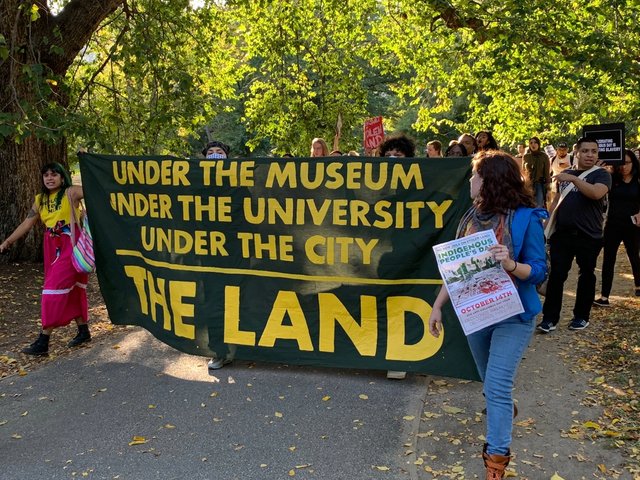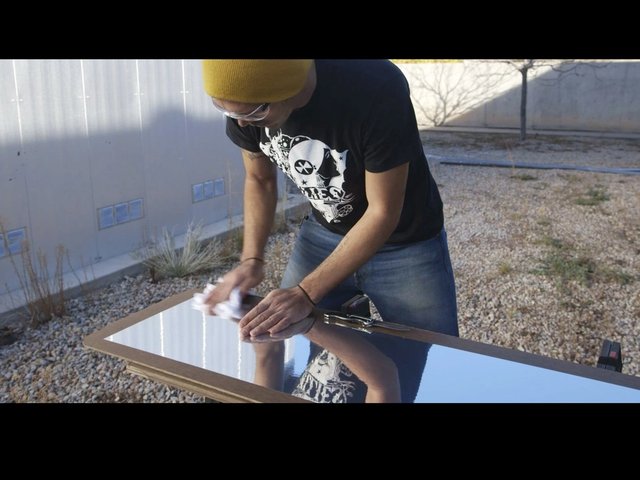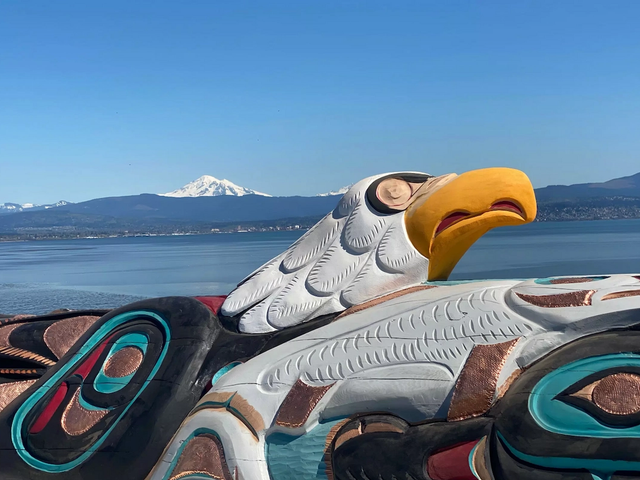Museum directors, curators and archaeologists have joined the protest led by Native American groups against the construction of an oil pipeline in North Dakota. More than 1,000 culture professionals signed a letter addressed to US President Obama, the department of justice and the interior, and the Army Corps of Engineers, saying: “We join the Standing Rock Sioux Tribe in denouncing the recent destruction of ancient burial sites, places of prayer and other significant cultural artifacts sacred to the Lakota and Dakota people.”
Built by the Dallas company Energy Transfer Partners, the 1170-mile $3.7bn Dakota Access pipeline would carry oil from fields in western North Dakota to Illinois, where it could join other pipelines. The line’s intended route runs across private land just north of the Standing Rock Sioux tribe’s reservation, and at one point would cross under Lake Oahe, a dammed portion of the Missouri River that is a major water source for the tribe. The Sioux say the pipeline threatens the local environment and ancient cultural sites, and that reviews of the land and the project were not properly done. Hundreds of Native American protesters have set up camp on the prairie and have been demonstrating near the building site since August. Earlier this month, the US government paused construction on the pipeline to address the tribes’ concerns.
In its letter, the Natural History Museum, a “mobile and pop-up museum”, said that Energy Transfer Partners has “bulldozed land containing Native American burial grounds, grave markers, and artifacts–including ancient cairns and stone prayer rings”. The tribal chairman David Archambault II is quoted in the letter saying: “This demolition is devastating. These grounds are the resting places of our ancestors.” Curators and archaeologists from museums including the American Museum of Natural History in New York, the Field Museum in Chicago, and the Smithsonian National Museum of the American Indian in Washington, DC and New York.
Another letter, sent to the US Army Corps of Engineers from the Society for American Archaeology, which includes more than 7,800 members, said there are “unresolved questions” about how the Corps’ handled its duties under the National Historic Preservation Act. The society adds that there “may have been violations of the Archaeological Resources Protection Act” as well as other state laws governing the “protection of human burial sites, human remains, and burial goods”.




